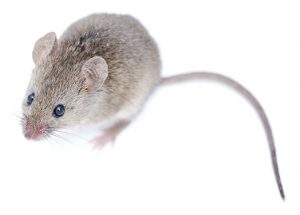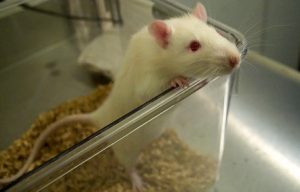Tag
animal studies
-
Ferrets and monkeys and mice, oh my! What’s the best coronavirus animal model?
Mice and rats are the most common lab mammals for scientific research, But depending on the question being asked, and…

-
Should you cover animal research? Check out these tips first
Most journalists know — or quickly learn — that animal studies are problematic and usually best left uncovered if writing…

-
Be cautious, skeptical with comprehensive reviews of evidence
I recently was assessing a lengthy review of the evidence on environmental exposures and breast cancer risk, and as I…

-
Satirist John Oliver imparts valuable advice for health journalists
If satire is a lesson, as novelist Vladimir Nabokov allegedly said, then John Oliver is among its best teachers —…

-
•
BPA linked to problems in factory workers
Scott Hensley, on NPR’s newly christened “Shots” health blog, points us to a five-year study of men who work in…




